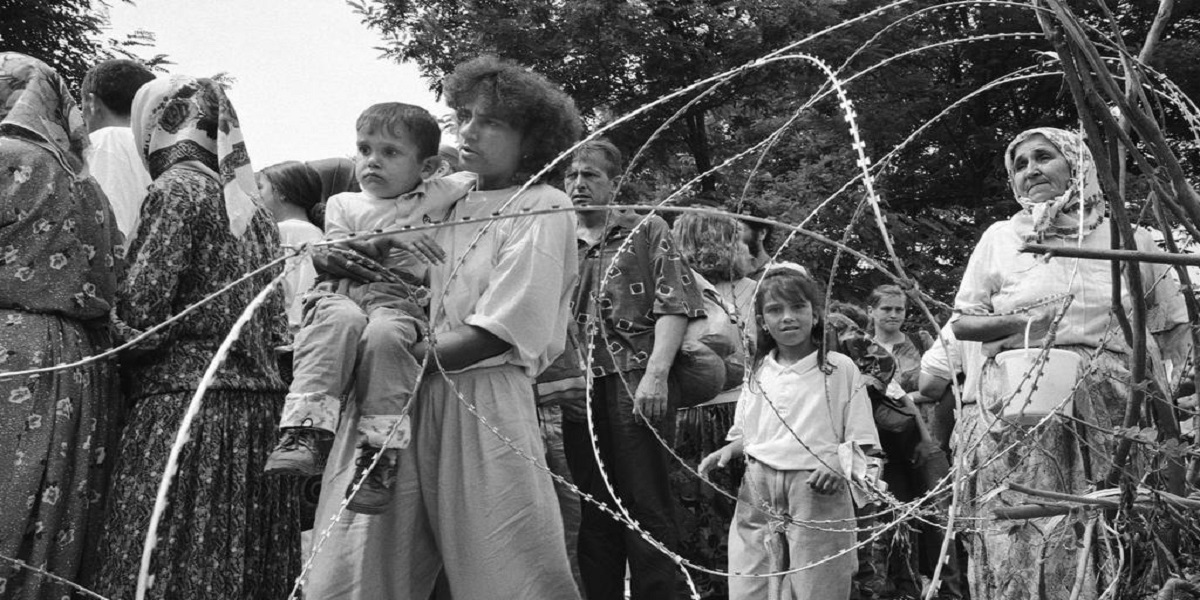Genocide is a very specific term that refers to the violent crimes committed against groups with the intent to destroy their existence. This term did not exist before 1944 and was coined by a Polish Jewish lawyer Raphael Lemkin who while documenting Nazi policies of systematically destroying national and ethnic groups, including the mass murder of European Jews came up with it. He formed the word by combining geno-, from the Greek word for race or tribe, with -cide, from the Latin word for killing.
According to experts of dissertation writing services, Lemkin further defined genocide as “a coordinated plan of different actions aiming at the destruction of essential foundations of the life of national groups, to annihilate the groups themselves.” Afterward, when the Nazis were charged with crimes against humanity, the word genocide was included as a descriptive term that explained all that took place during that time.
The Crime Of Genocide – How It Spread:
In 1948, in the shadow of the holocaust and tireless efforts of Lemkin, the United Nations approved the Convention on the Prevention and Punishment of the Crime of Genocide, establishing it as an international crime which signatory nations must strive to ‘prevent and punish’. The United Nations defines genocide as any of the following acts committed with intent to destroy, in whole or in part, a national, ethnical, racial, or religious group, as such:
- Killing members of the group
- Causing serious bodily or mental harm to members of the group;
- Deliberately inflicting on the group conditions of life calculated to bring about its physical destruction in whole or in part;
- Imposing measures intended to prevent births within the group;
- Forcibly transferring children of the group to another group
Read More: How to Help Your Child to Get Enough Time for Himself?
Numerous cases of group-targeted violence have taken place throughout history and since the convention came into effect, the legal and international development of the term has been concentrated into two distinct periods. the time from the coining of the term until its acceptance as international law during 1944 to 48 and the time of its activation with the establishment of international criminal tribunals to persecute the crime of genocide.
While it is still not very clear why genocide takes place and how it spreads within and across borders; preventing it and enforcing the major obligations of the convention remain a change that nations and groups are going through. Genocide has often been attributed to ideologies of modernity as researchers have argued that civilized races would certainly seek to exterminate or destroy the ‘savage races’ due to their natural higher order thinking and consciousness. This theory was presented by George Cuvier and it was inspired by Darwin’s Theory of Evolution and Natural Selection in 1871. This theory can be seen as the beginning of mass extermination and genocide as a natural by-product in the process towards more civilized modernity.
Even the Polish sociologist Zygmunt Bauman has described genocide to be a case of social engineering, which stems from the ideology of modernity, and comes about due to desires to create a more ‘cleansed’ and perfect society. Examples of this theory can be the imposing revolutionary ideas upon populations and regimes that eliminated uncleaned populations to achieve the perfect society by and getting rid of minority groups that did not seem to belong.
Read More: 5 Guidelines to Prepare Frequently Asked Questions in Job Interview
It has been argued that the Nazi regime sought to reverse Jewish emancipation and bring about the final solution to the existence of this ‘problem population’ by wiping out the Jewish presence from society. Similarly in Cambodia, the Khmer Rouge instilled fundamentalist communist ideologies upon the Cambodian population with population control and mass extermination of intellectuals who sought to rise against their regime. This idea of imposing a new cultural era and a better society give way to genocide and spread swiftly, especially among those who hoped to achieve some good results by wiping out undesired groups of people.
Many believe that there is a psychology of ‘Dehumanization of Populations’ at work behind genocide; dehumanization is achieved over time through sustained propaganda, segregation, and discrimination. Different human groups have always distinguished themselves from others through the categorization of in- and out-groups and in extreme cases, this leads to the dehumanization of the out-group.
Dehumanization can be defined as the denial of an out-group’s humanity; research into the dehumanization of inter-group contact revealed how outside group members are psychologically perceived as less ‘human-like’ than those within the same group. Research has confirmed that members of certain groups fail to process other group members as being fully human and sociable individuals, and this psychological detachment and dehumanization leads to genocide and facilitates destruction.

